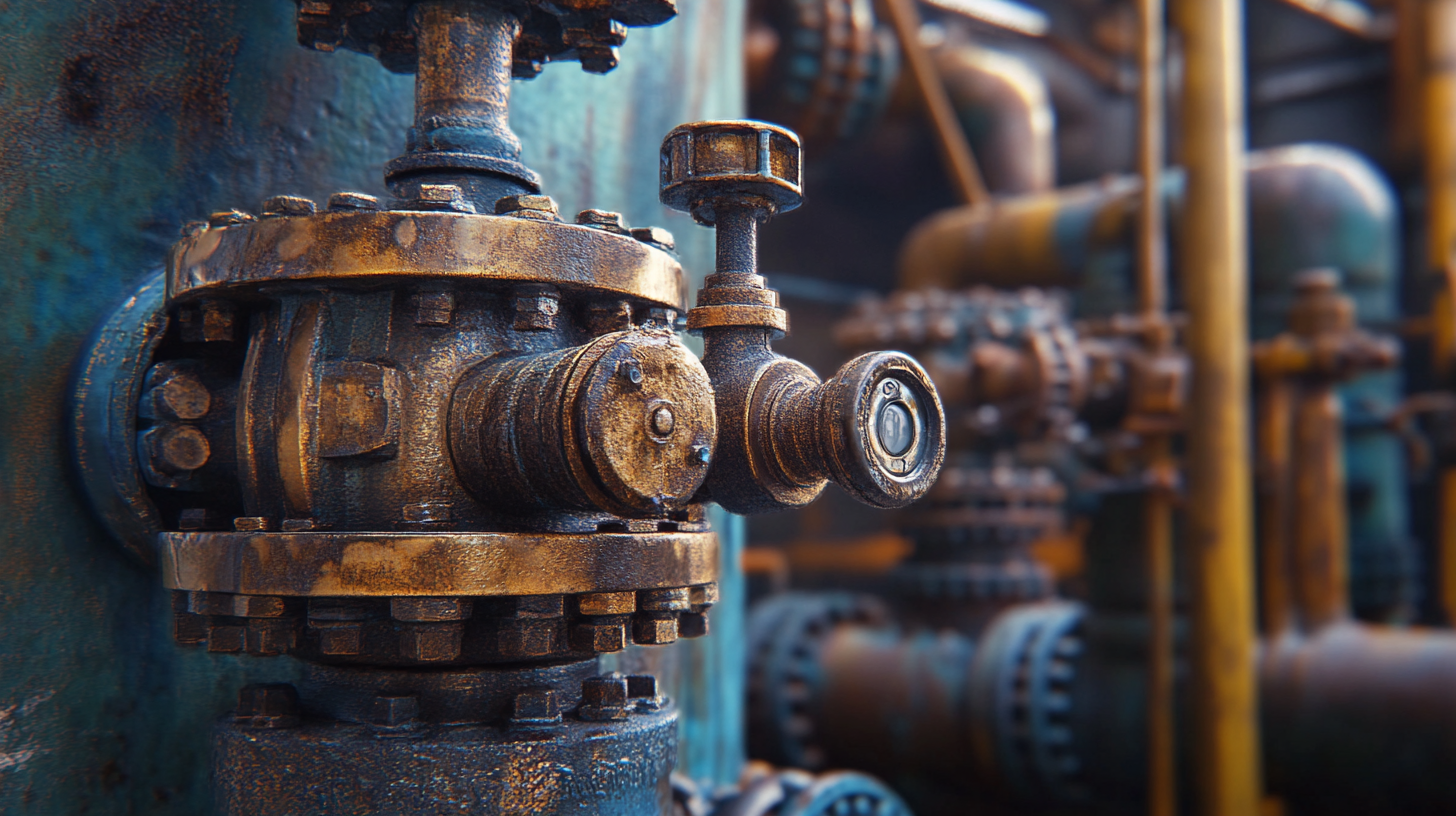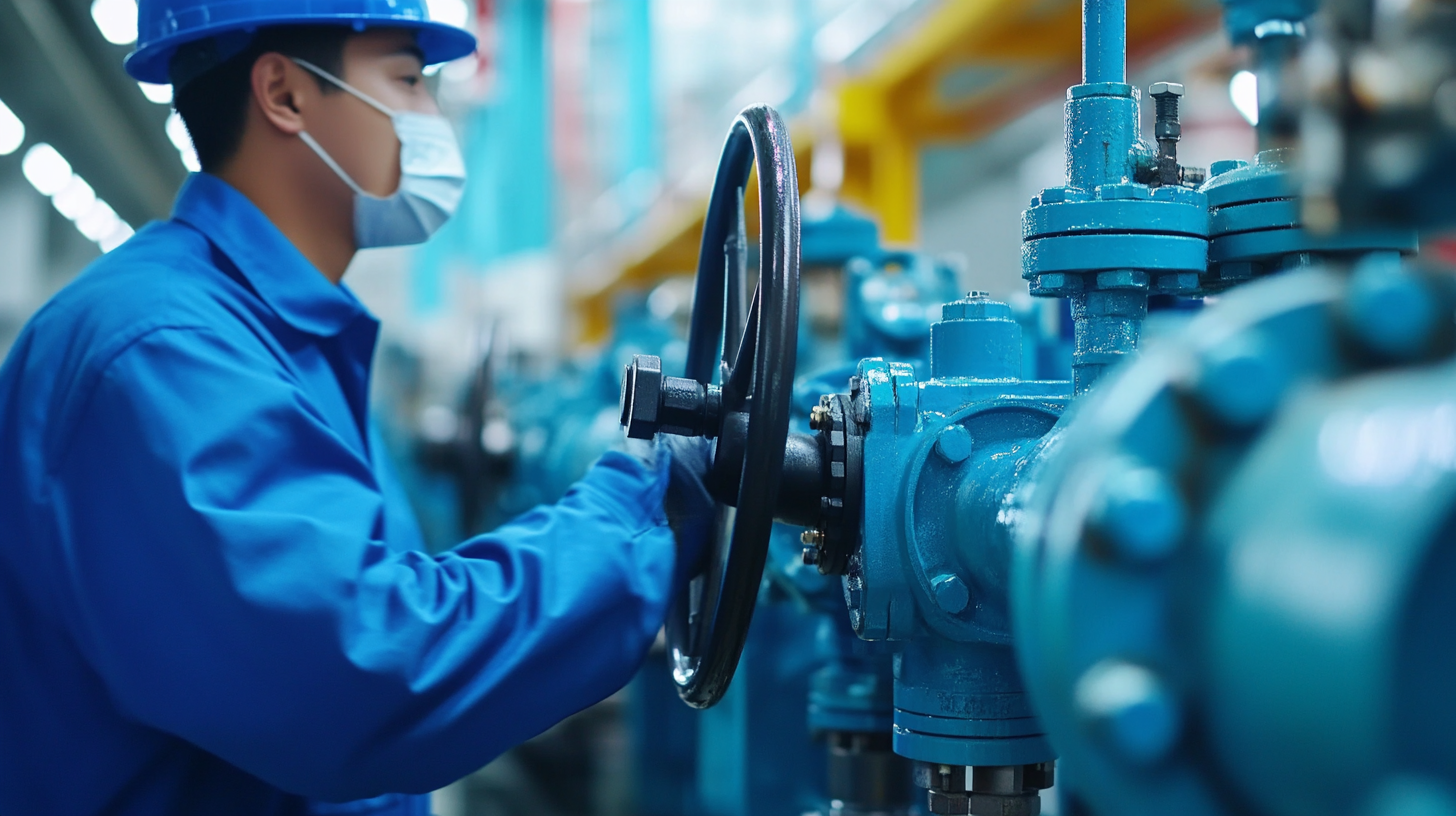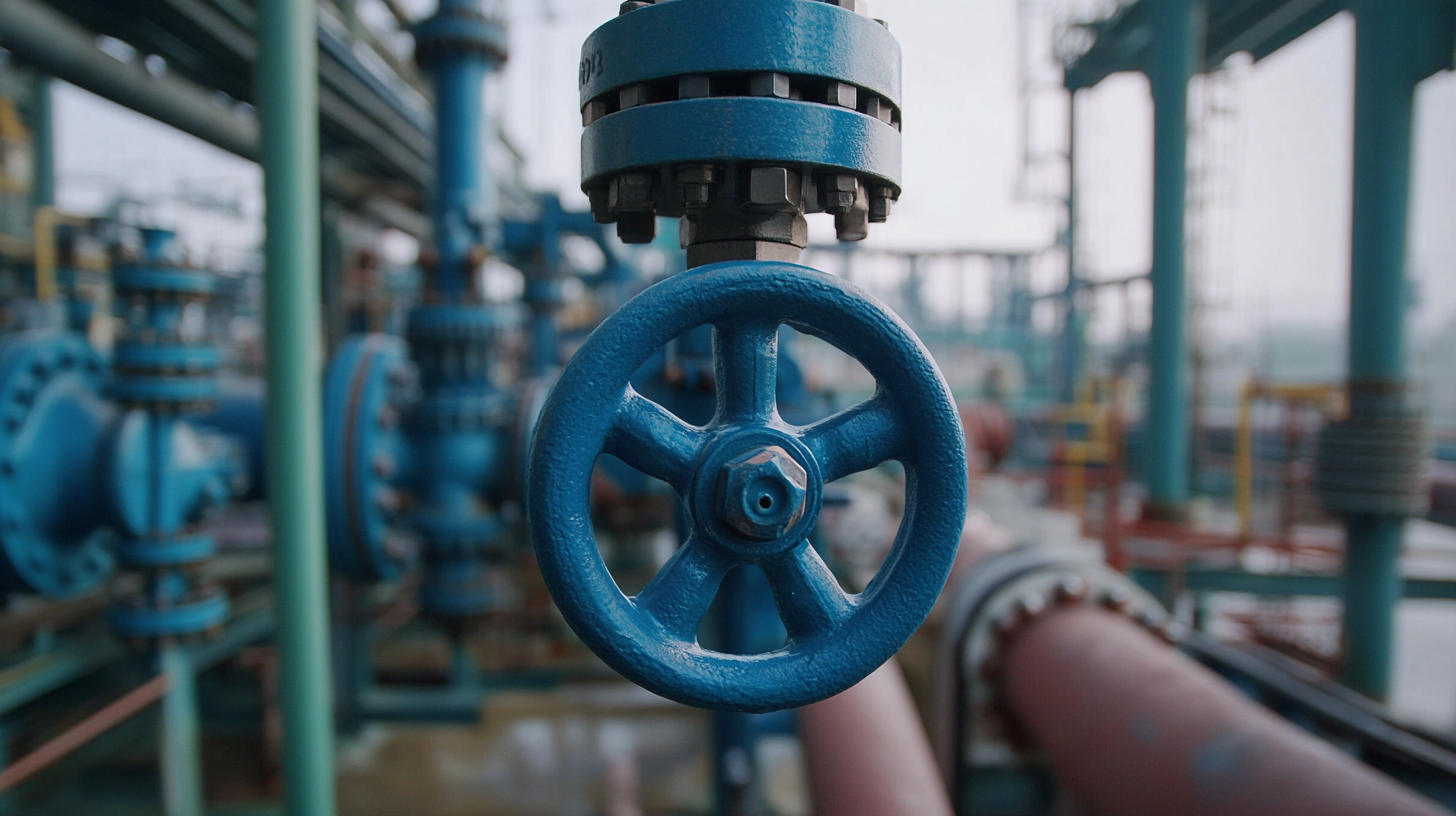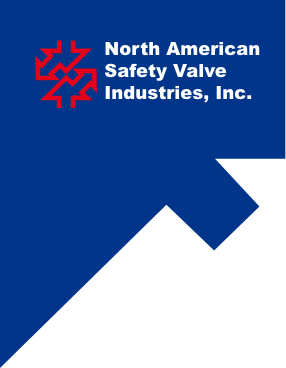Unwavering Quality of China's Trusted Best Relief Valves: A Global Manufacturing Legacy
In an era where efficiency and safety are paramount, the unwavering quality of relief valves stands as a cornerstone in various industrial applications. As reported by MarketsandMarkets, the global relief valve market is projected to reach USD 7.8 billion by 2025, growing at a CAGR of 5.5% from 2020. This growth highlights the increasing demand for reliable pressure control solutions across sectors such as oil and gas, automotive, and manufacturing. China's trusted manufacturers have taken a prominent role in this landscape, leveraging advanced technology and stringent quality standards to produce some of the world’s best relief valves. As these industries evolve, the importance of robust and dependable relief valves becomes even more critical, ensuring operational safety and efficiency on a global scale. This blog will delve into the legacy and future trajectory of China's relief valve manufacturing, showcasing why they remain at the forefront of innovation and reliability in a competitive marketplace.

Understanding Relief Valves: Types and Their Applications in Various Industries
Relief valves are essential components in various industries, ensuring safety and efficiency by regulating pressure levels. There are several types of relief valves, including spring-loaded, pilot-operated, and balanced bellows valves, each designed to handle specific applications. Spring-loaded relief valves are simple and reliable, making them ideal for general-purpose use, while pilot-operated valves offer enhanced performance in systems with high flow rates and pressures. Balanced bellows relief valves, on the other hand, excel in situations where back pressure is a concern, providing precise control in sensitive applications.
When selecting a relief valve, consider the specific requirements of your system. It's crucial to assess factors such as the maximum pressure, temperature, and type of fluid being handled. Additionally, ensure that the chosen valve complies with industry standards and regulations to prevent safety hazards. Regular maintenance is also vital; check for leaks and ensure the valve operates smoothly to avoid failures.
Choosing the right relief valve can significantly impact operational efficiency and safety. Always consult with industry experts when in doubt, as they can provide valuable insights tailored to your application. Adhering to these tips will help you maximize the performance and longevity of your systems.
Understanding Relief Valves: Types and Their Applications in Various Industries
This chart illustrates the distribution of various types of relief valves used across different industries. The data reflects usage percentages of each type in key sectors.
Key Factors to Consider When Choosing a Quality Relief Valve Manufacturer
When selecting a quality relief valve manufacturer, several key factors must be considered to ensure optimal performance and safety in applications. According to a report by Global Market Insights, the relief valve market is projected to surpass $4 billion by 2026, driven by stringent safety regulations in industries such as oil and gas, chemicals, and manufacturing. This growth underscores the importance of partnering with trusted suppliers who adhere to high standards in design and manufacturing processes.
One critical aspect is certification and compliance with international standards, such as ISO 9001 and ASME. Manufacturers adhering to these standards demonstrate a commitment to quality management and continual improvement. Furthermore, the material selection for relief valves plays a vital role in their longevity and effectiveness; manufacturers should offer valves constructed from durable materials that can withstand extreme temperatures and pressures. Additionally, reviewing customer testimonials and case studies can provide insight into a manufacturer's reputation, showcasing their reliability and ability to meet specific industry needs. By focusing on these factors, buyers can make informed decisions and ensure they choose a manufacturer that aligns with their operational requirements.

Evaluating Manufacturer Reputation: Certifications, Qualifications, and Market Presence
In the competitive landscape of relief valve manufacturing, the evaluation of a manufacturer's reputation hinges significantly on their certifications, qualifications, and market presence. Recent industry reports indicate that compliance with ISO standards is critical, with over 75% of top manufacturers using these certifications to enhance their credibility and streamline operations. This commitment to quality assurance positions them favorably in a global marketplace increasingly driven by consumer trust and regulatory compliance.
Moreover, the presence of a manufacturer in key markets often reflects their operational prowess and commitment to customer satisfaction. Research shows that companies demonstrating strong market presence—alongside robust supply chain management—are 20% more likely to achieve higher customer loyalty ratings. These organizations are also increasingly adopting a skills-based work model, which not only fosters innovation but also attracts top-tier talent, thereby amplifying their competitive edge. Such strategic positioning is essential for manufacturers looking to capture synergies and enhance their overall market share in an ever-evolving industry landscape.

The Impact of Quality Standards on the Performance and Longevity of Relief Valves
The quality standards applied during the manufacturing of relief valves are crucial for enhancing their performance and longevity. Chinese manufacturers have established robust protocols to ensure that their relief valves not only meet but often exceed international quality standards. This commitment to quality ensures that these valves operate effectively under varying pressure conditions, thus preventing catastrophic failures that could arise from subpar designs.
Tip: When selecting relief valves, look for manufacturers that provide detailed quality certifications and testing reports. This can assure you of the reliability and safety of their products.
Additionally, ongoing advancements in materials science and engineering processes have enabled manufacturers to enhance the durability of their relief valves. High-grade materials coupled with precise manufacturing techniques result in products that can withstand harsh operating environments while maintaining consistent performance over time.
Tip: It’s essential to consider the operational environment of your relief valves. Ensure the materials used are compatible with the fluids they will encounter, as this significantly impacts their operational lifespan and reliability.
Unwavering Quality of China's Trusted Best Relief Valves: A Global Manufacturing Legacy - The Impact of Quality Standards on the Performance and Longevity of Relief Valves
| Valve Type | Material | Operating Pressure (Bar) | Temperature Range (°C) | Average Lifespan (Years) | Compliance Standards |
|---|---|---|---|---|---|
| Spring Loaded | Stainless Steel | 10-50 | -20 to 200 | 15 | ASME, API |
| Pilot Operated | Carbon Steel | 20-80 | -10 to 150 | 20 | ISO 4126 |
| Safety Relief | Bronze | 5-30 | 0 to 100 | 10 | PED |
| Bursting Disc | Composite | 25-100 | -40 to 400 | 5 | ASME, EN |
Benchmarking Global Manufacturing: China's Dominance in Relief Valve Production and Innovation
China has emerged as a powerhouse in the global relief valve manufacturing sector, driven by robust innovation and stringent quality standards. According to a recent report from Research and Markets, the global relief valve market is projected to reach $5.5 billion by 2027, with China accounting for over 35% of this value. This dominance is not solely based on volume; Chinese manufacturers are investing heavily in R&D to enhance product performance and reliability, which is critical in industries ranging from oil and gas to pharmaceuticals.
Furthermore, China's meticulous focus on quality control and international certifications, such as ISO 9001, has positioned its relief valves as some of the most trusted in the industry. Data from the China Valve Industry Association suggests that domestic companies are also increasing their share in export markets, with an annual growth rate of 12% over the past five years. This trend indicates that Chinese manufacturers not only meet but are setting global standards for relief valve production, cementing their role in shaping the future of this vital industry.
